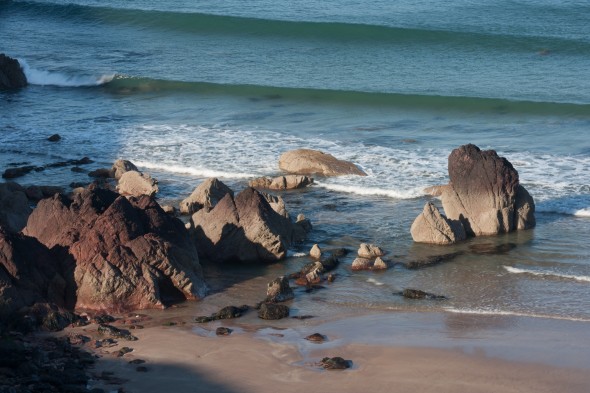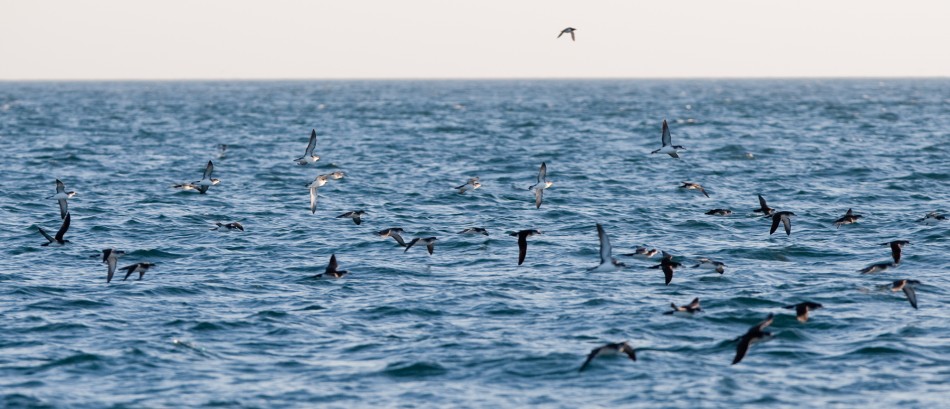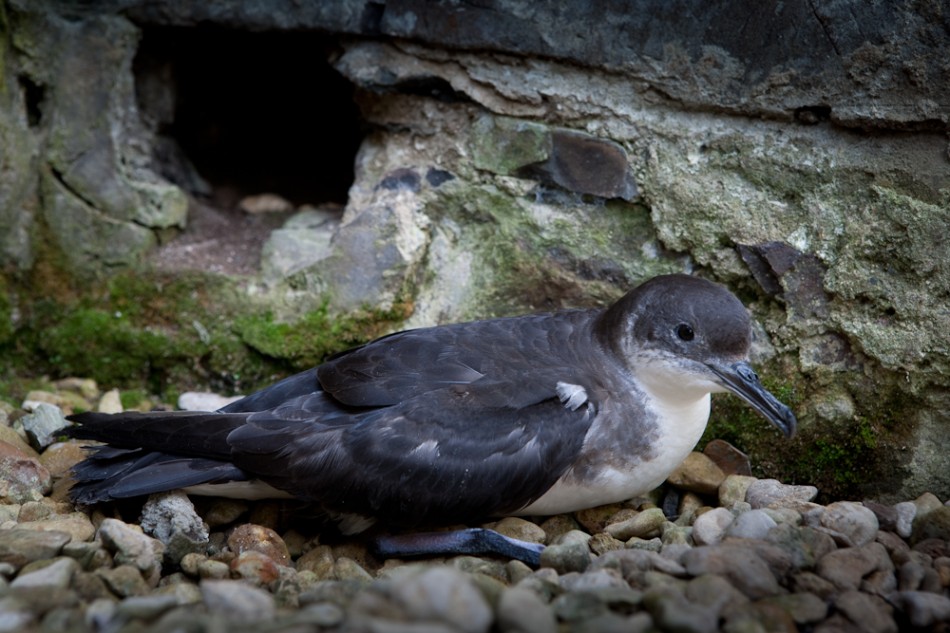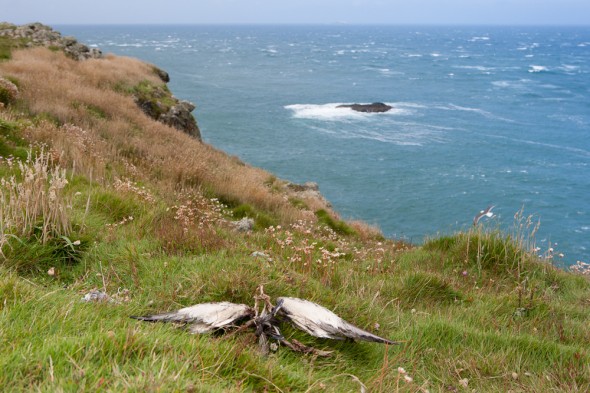The UK is brilliant for wildlife and being an island in the middle of an ocean is only one good reason.
London is as far north as Newfoundland, and they have icebergs floating by most of the year ! So forget the rainy days, the UK has mild weather and this is as great for the wildlife as it is for those of us who live here.
The reason for this beautifully mild climate is the Gulf Stream, this carries warm water from the Caribbean northwards to the coasts of the UK. The Gulf Stream originates from the warm surface waters of the Caribbean and the Gulf of Mexico; and the North Atlantic Drift propels it northwards towards Greenland and then southwards where it nurtures the coasts of Norway and the entire western coasts of Britain and Ireland. This ‘marine motorway’ has many benefits, it brings unusual species from southern waters northwards as well as enabling nutrient rich waters from the Arctic to flow southwards.
One of these species is a very special bird. Its difficult to imagine half a million birds, but that is the number of Manx Shearwaters that follow the ocean currents from Brazil to the UK every summer to breed. These ‘oceanic swifts’ follow the gulf stream and nest a few remote islands off our west coast in the summer.
The best place to see these birds is off the coast of Pembrokeshire in West Wales, especially the area of sea between the islands of Skomer and Skokholm. These islands are managed by the South and West Wales Wildlife Trust and boats to the islands and cruises to see the Shearwaters are oparated by Dale Sailing.
Designed to weave and glide effortlessly over the wave tops, Shearwaters are clumsy and therefore vulnerable on land so they will only visit their nests at night and ideally those nights when it is misty and especially dark. Their chief predators are the Greater and Lesser Black-backed Gulls which ambush the birds at night as they come onto the island, where they nest in the darkness of underground burrows.. By walking around the nest sites on mornings following dark nights, dozens and sometimes hundreds of carcases can be found. However the nesting densities are so great that such predation does not affect the overall population and such natural selection could be viewed as beneficial.
Future blogs will highlight more about the UKs brilliant wildlife.




